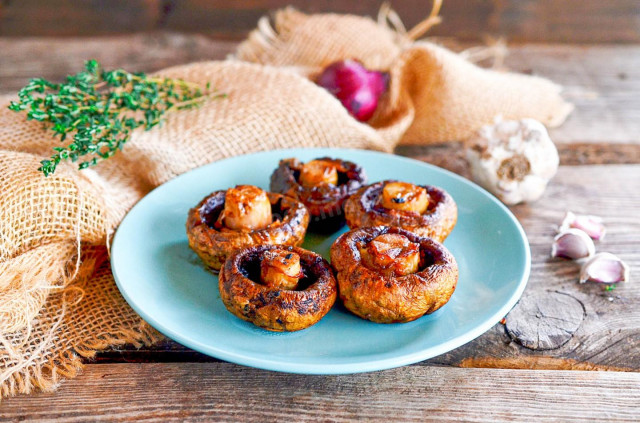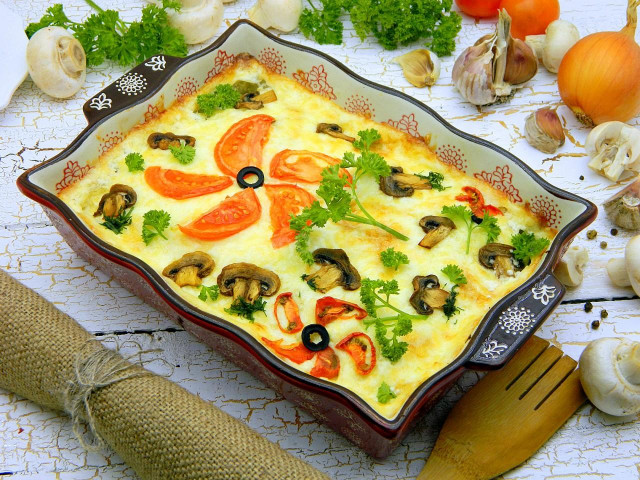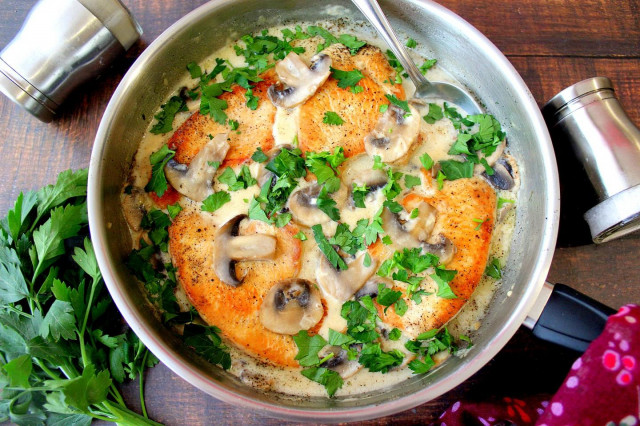Composition / ingredients
Step-by-step cooking
Step 1:

How to make an omelet with sausage? Prepare the products. Initially, the recipe is designed for 4 servings, so there are 6 eggs in the description. I cooked from two. Sausage will be tastier to take boiled, without fat. Sausages are also suitable. Vegetables can not be put at all, they are for an amateur and for usefulness and beauty. You can also add any greens - dill, parsley, green onions. Pre-wash and dry the vegetables.
Step 2:

Cut the sausage into small cubes. The smaller they are in size, the more aesthetically pleasing the omelet will look, but in general, it does not matter.
Step 3:

Cut the tomato into cubes as well.
Step 4:

And bell pepper. If you take pepper of different colors, it will turn out even more beautiful.
Step 5:

Break the eggs into a bowl and whisk until fluffy.
Step 6:

Pour in the milk, add salt and pepper. Take into account the salinity of the sausage, do not over-salt the omelet. Once again, whisk all the products with a whisk until completely homogeneous.
Step 7:
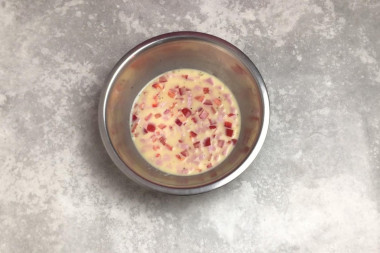
Add chopped sausage and vegetables to the egg mass. Mix well again.
Step 8:

Take a suitable frying pan. The smaller its diameter, the more magnificent the omelet will be. Heat it over low heat, pour vegetable oil. Let the oil warm up a little too. Pour the egg mass into the pan.
Step 9:
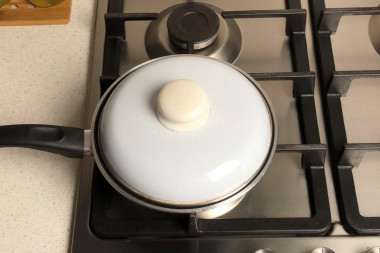
Cook the omelet for about 5 minutes on low heat, then cover the pan with a lid, and make the fire minimal.
Step 10:

In 10 minutes, the fluffy omelet will be ready. The eggs should be fully cooked - if they remain liquid on top, keep the omelet on the fire for a little longer. Serve the finished omelet immediately on the table - it tastes better hot, besides, such an omelet quickly falls off like a souffle. When serving, sprinkle the omelet with herbs.
I liked this version of making an omelet - it turned out to be tender and at the same time rich in taste. Previously, I first fried sausage with vegetables in a frying pan and only then poured everything with beaten eggs.
How do I know if an egg is fresh? Break it into a separate container. First of all, there should be no unpleasant smell. The protein of fresh eggs will be transparent and clean. The yolk should not spread and will be shiny, convex, homogeneous.
Be sure to wash the eggs before use, as even the seemingly clean shell may contain harmful bacteria. It is best to use food detergents and a brush.
Caloric content of the products possible in the composition of the dish
- Tomatoes - 23 kcal/100g
- Whole cow's milk - 68 kcal/100g
- Milk 3.5% fat content - 64 kcal/100g
- Milk 3.2% fat content - 60 kcal/100g
- Milk 1.5% fat content - 47 kcal/100g
- Concentrated milk 7.5% fat content - 140 kcal/100g
- Milk 2.5% fat content - 54 kcal/100g
- Chicken egg - 157 kcal/100g
- Egg white - 45 kcal/100g
- Egg powder - 542 kcal/100g
- Egg yolk - 352 kcal/100g
- Ostrich egg - 118 kcal/100g
- Sweet pepper - 27 kcal/100g
- Ground black pepper - 255 kcal/100g
- Vegetable oil - 873 kcal/100g
- Salt - 0 kcal/100g
- Sausage "amateur" - 291 kcal/100g
- Sausage "Ukrainian" - 404 kcal/100g
- Diabetic sausage - 254 kcal/100g
- Sausage "doctor" - 197 kcal/100g
- Diet sausage - 170 kcal/100g
- Dairy sausage - 252 kcal/100g







